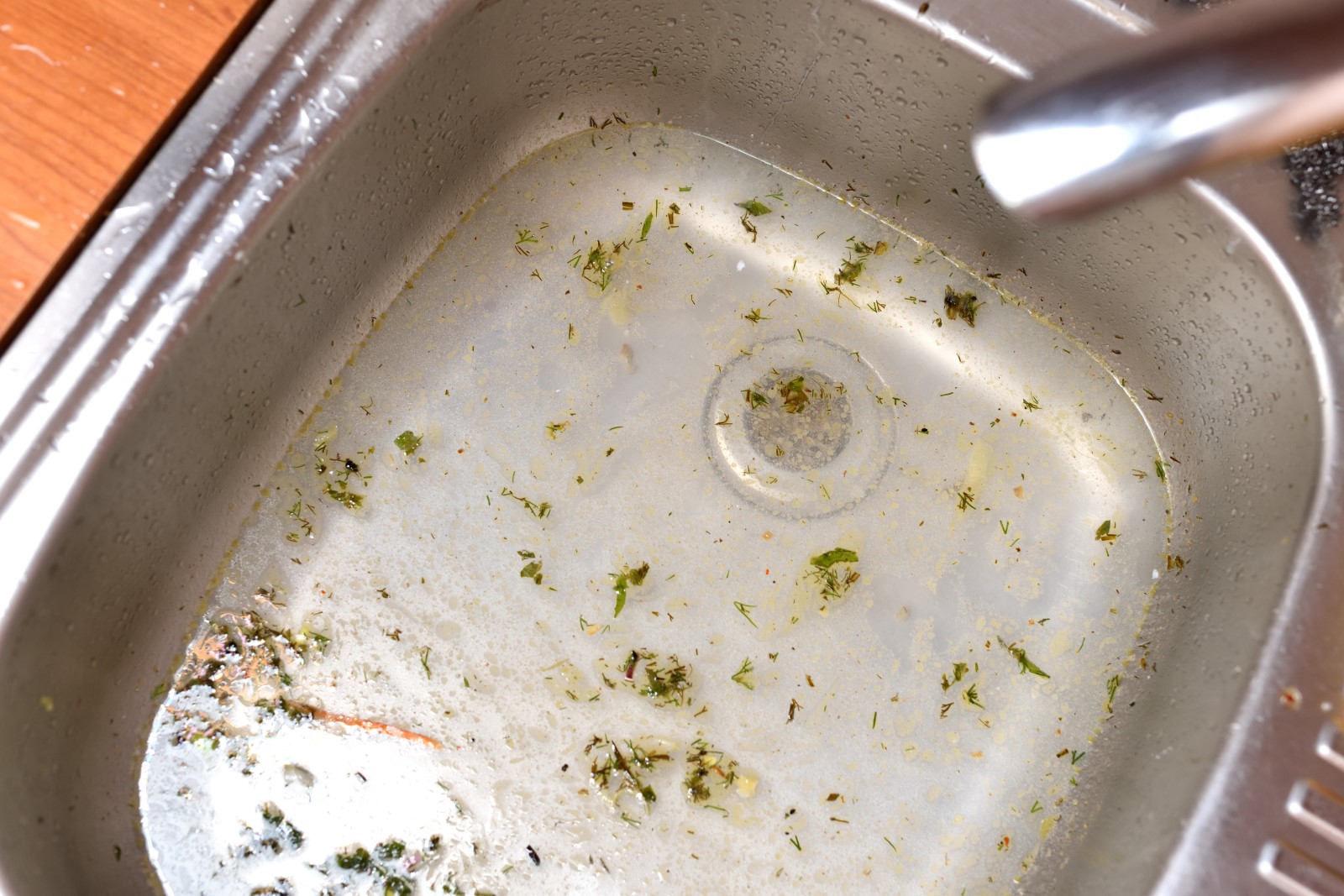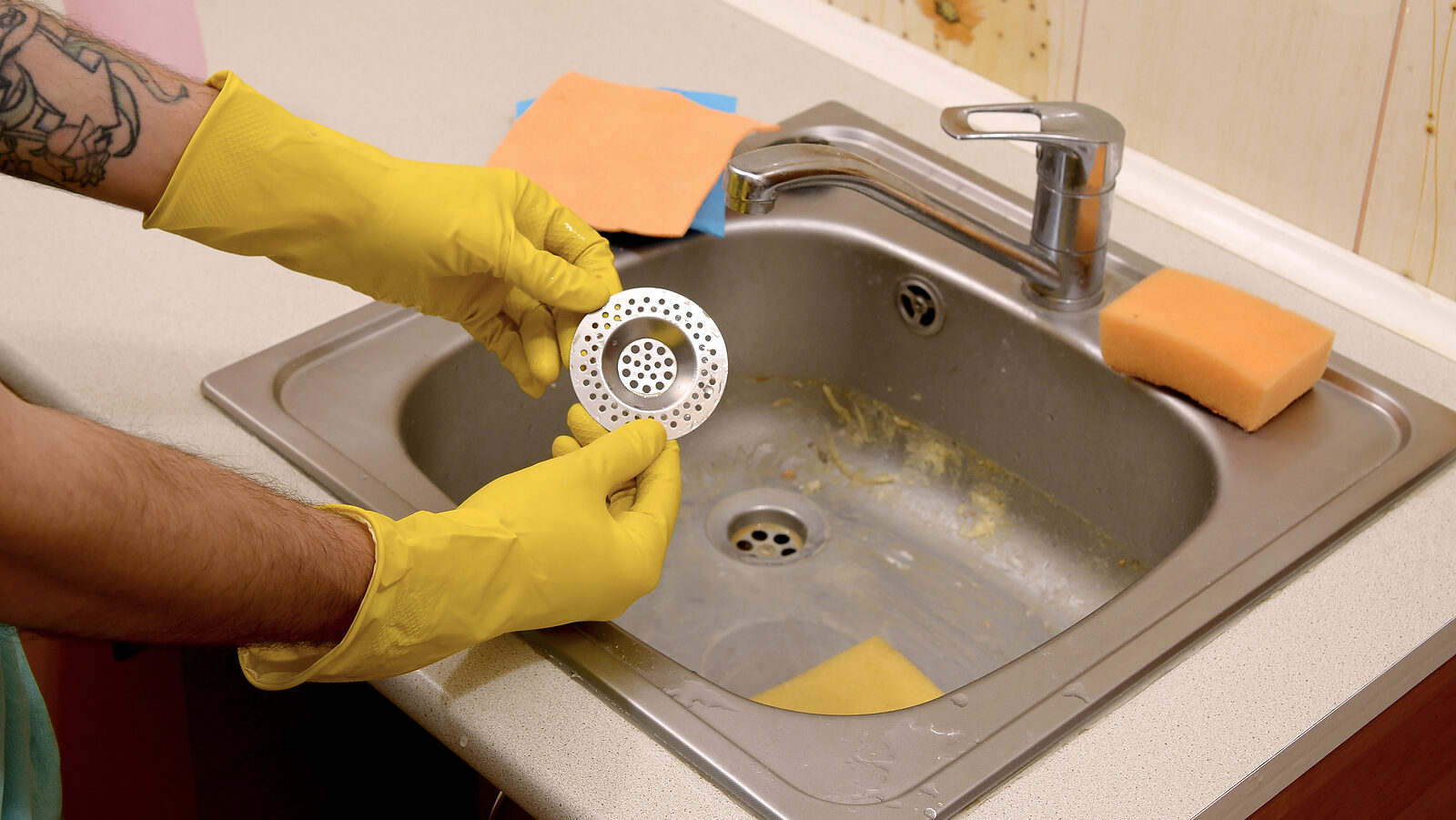Ways to Unclog a Blocked Drain Prior to Seeking Plumbing Experts
Ways to Unclog a Blocked Drain Prior to Seeking Plumbing Experts
Blog Article
In this article below you might get some professional facts when it comes to How to handle a clogged drain in your home.

Intro
Dealing with an obstructed drain can be a discouraging experience, disrupting day-to-day activities and possibly causing damage to your home. Nonetheless, before reaching out to pipes professionals, there are actions you can require to deal with the concern yourself. In this guide, we'll check out DIY solutions and safety nets to deal with an obstructed drain effectively.
Recognizing the Problem
The primary step in dealing with a blocked drain is recognizing the indicators. Sluggish water drainage, gurgling noises, foul odors rising from drains, or water backing up prevail indicators of a blocked drainpipe. Recognizing these indicators early can aid avoid additionally complications.
Selecting the Right Pipes Solution
When picking a pipes service, consider variables such as experience, licensing, and consumer reviews. Choose a credible plumber with a track record of quality workmanship and clear pricing practices.
Price Factors to consider
The price of expert drain cleaning services can differ relying on the intensity of the clog and the plumbing technician's rates. Demand quotes from several service providers and inquire about any kind of surcharges to ensure transparency and stay clear of surprises.
Safety and security Precautions
When trying DIY drain cleansing, prioritize safety and security. Wear safety handwear covers and eyeglasses to avoid contact with dangerous chemicals or bacteria. Never ever blend different drain cleaning products, as this can produce unsafe fumes.
Situation Researches
Real-life instances show the performance of DIY options and the importance of timely expert treatment in dealing with drain obstructions.
Typical Root Causes Of Obstructed Drainpipes
Comprehending the aspects that add to drain clogs is essential for effective resolution. Usual wrongdoers consist of hair, soap scum, grease, food particles, and international items like sanitary products or paper towels. Tree roots attacking below ground pipes can additionally trigger significant clogs.
DIY Solutions
For small obstructions, numerous DIY remedies can be efficient. Putting boiling water down the drainpipe can help liquify grease and particles. Baking soda and vinegar or a blend of salt and baking soft drink can act as all-natural cleansers. Using a bettor or plumbing snake to displace blockages is an additional alternative.
Tools and Devices
Having the right devices on hand can make DIY drain cleaning up extra efficient. A plunger is a flexible device for getting rid of blockages in sinks, commodes, and showers. A pipes serpent or auger can get to much deeper obstructions, while drainpipe cleansing chemicals can be made use of cautiously for persistent clogs.
Safety nets
To avoid future blockages, adopting safety nets is essential. Install drainpipe guards or filters to catch hair and debris prior to they go into the pipes. Consistently flush drains pipes with hot water to liquify oil buildup, and stay clear of disposing of oil or solid waste away.
When to Call an Expert
While DIY solutions can solve minor obstructions, certain indications indicate the requirement for specialist support. Relentless blockages, foul odors despite cleaning up initiatives, or numerous drains backing up all at once are red flags that require skilled treatment.
Final thought
By adhering to the pointers outlined in this guide, you can efficiently deal with blocked drains and avoid future pipes concerns. Whether going with DIY options or seeking expert support, prompt action is essential to preserving a healthy plumbing system and protecting the stability of your home.
How to Clear a Clogged Drain Yourself (And When to Call In the Professionals)
What Can Clog a Drain
Dirt Skin flakes Hair Grease Soap scum Food Offset pipes Tree roots Small objects Mineral buildup DIY Tricks to Unclog a Drain
You can fix this! Once you have identified the source of the clog (or have a vague idea), you can try one or a combination of these fixes in order to clear your plumbing.
Wire Hanger or Snake
Untangle and clear out hair from a drainpipe with a homemade snake. Use a straightened-out wire hanger with a 90-degree angle hook to locate the clog and drag out any unwanted material.
Remember not to push the clog further down to where the wire hanger cannot reach! If you need to follow up with a plunger, give it a try. Your efforts might be more successful after it’s been wire-snaked.
If you want to get fancy and don’t have a wire hanger to spare, head to the store and pick up a hand-operated drain snake. You can get one for $10-$30. It may save you the hassle, and provide additional length to reach deep into the clogged pipe.
Plunger
A cup plunger has a suction cup attached to a wooden handle. The rubber creates a seal around the drain, and increases the pressure force of the plunger.
Plunge for 30-second increments to loosen the clog. This may need to be repeated over the course of 15-20 minutes. Once plunged, run the water to flush the remaining material out of the drain.
Remember– never use a plunger if you have used a chemical drain cleaner. These chemicals can splash up from the force of the plunger and cause serious injury or burns.
Boiling Water
Hot water can sometimes break up materials into a flushable amount. Dirt, grease, and soap buildup requires heat in order to unstick from surfaces.
Take your kitchen kettle and heat your water to a boil. Once it reaches a rolling boil, pour it directly down the drain into the blockage. Carefully follow with plunging, if necessary.
Don’t worry if this takes more than one try! It can often take multiple kettles and repeated plunging in order to clear a particularly stubborn clog.
Chemical Drain Cleaner
As a last resort, pick up a bottle of chemical drain cleaner. Drain-cleaning chemicals are potent, and not very good for the environment.
You may need to wear protective eyewear in gloves before handling your bottle of chemical drain cleaner. Follow the instructions printed on the bottle, and flush with water as soon as the instructions allow. Do not follow with plunging.
Baking Soda and Vinegar
As a safer alternative to chemical drain cleaner, baking soda and vinegar can create a chemical reaction that clears tough clogs.
Combine one cup of cleaning vinegar with one cup of boiling water, and set aside. Once you have done this, pour half a cup of baking soda down the drain. Give the baking thirty seconds to settle and cover a large portion of the problem drain.
Following the baking soda, pour down your vinegar and hot water solution. Once the vinegar and baking soda combine, the mixture will bubble and fix. Let this reaction fizzle in the drain for about an hour.
After an hour, follow with a kettle’s worth of hot water. The heat and liquid should flush out any remaining material.
When to Call a Plumber
If your DIY attempts haven’t cleared your clog drain, it’s time to call in a professional. It’s not worth losing access to your kitchen sink or high-traffic bathroom. A clog in a vital area can keep you from the things you’d rather be doing, and derail your routine.
Anytime a clog is causing water to spread is a time to call in a plumbing service. What starts out as a little bit of water can quickly grow into serious, expensive water damage.
Additionally, a serious clog can result in burst pipes or serious leaks. Make sure you know when to take it seriously!
https://myguysnow.com/how-to-clear-a-clogged-drain-yourself-and-when-to-call-in-the-professionals/

As a fervent reader on How to handle a clogged drain in your home, I was thinking sharing that piece of content was a good idea. Sharing is caring. Helping others is fun. We appreciate reading our article about .
Call Report this page